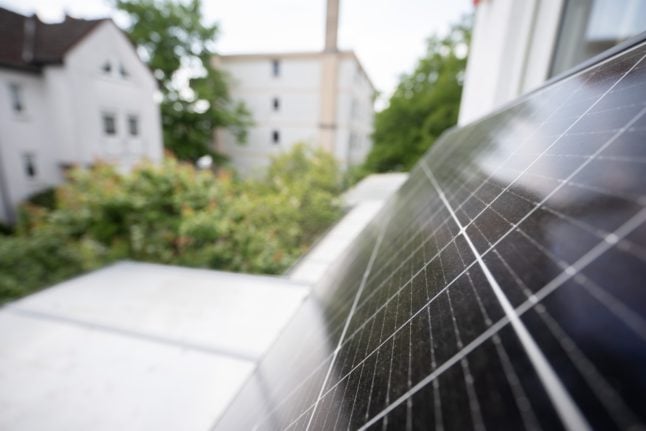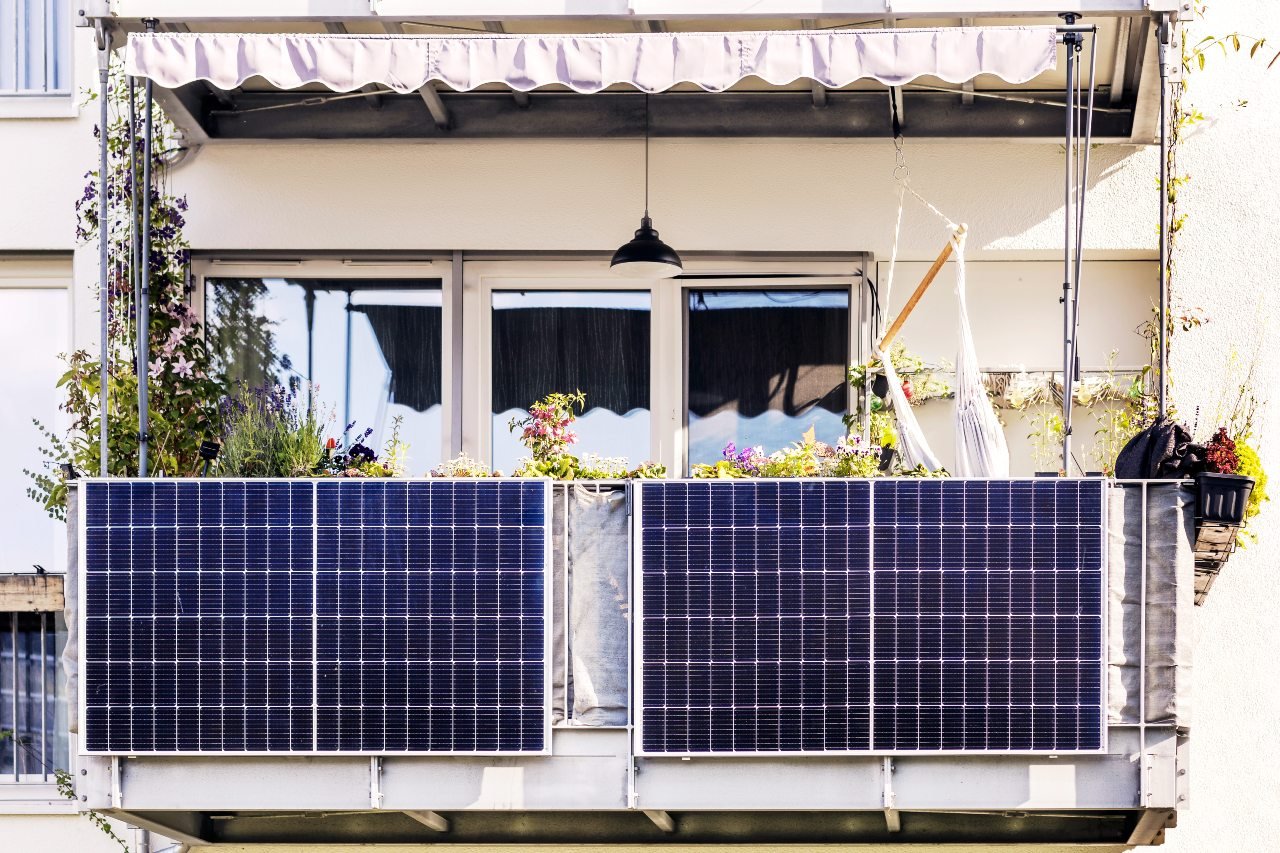Swiss investment bank UBS wrote in a new report on Tuesday that the Bavarian capital had the fifth most overvalued property market in the world, while also considering Frankfurt properties to be bad investments.
Vancouver was considered to have the biggest property bubble, followed by London.
The report examined 18 cities around the world and concluded that six of them were at risk of a housing bubble. Making up the rest of the top-six were Stockholm, Sydney and Hong Kong.
It noted that low interest rates in Europe had contributed to an “overheating” of markets for urban residential properties, particularly in London, Stockholm, Munich and Zurich.
“Germany’s economic boom and very expansionary monetary policy ended 20 years of real house price stagnation in 2010. Subsequently, Munich property prices rose by double digits and have increasingly lost touch with economic fundamentals,” said the report, noting that it now takes a skilled-service worker seven work years to buy a 60 square-metre flat – “an all time high”.
A little further north, in Germany’s finance capital on the Main river, property prices are also once again on the rise.
“Following a breather in 2013, Frankfurt too is showing clear signs of picking up momentum,” the report states.
It goes on to warn that it is impossible to predict exactly when a “correction” will take place in the markets.
“A sharp increase in supply, higher interest rates or shifts in the international flow of capital could trigger a major price correction at any time,” it states.
Over the past year Munich's real estate prices in Munich – already the highest in Germany – have continued to rise sharply.
Whereas in October 2015 a 60 square-metre apartment cost €6,200 per square-metre, those buying now will have to dish out €6,700 on average, according to online real estate agent Immowelt.de.
In Frankfurt prices have changed relatively little, rising moderately from €3,500 per square-metre to €3,600 in the same period.
In Berlin, property prices still remain well under half those in Munich. A 60 square-metre apartment in the German capital would currently set a wannabe homeowner back €3,100 on average.




 Please whitelist us to continue reading.
Please whitelist us to continue reading.
Member comments